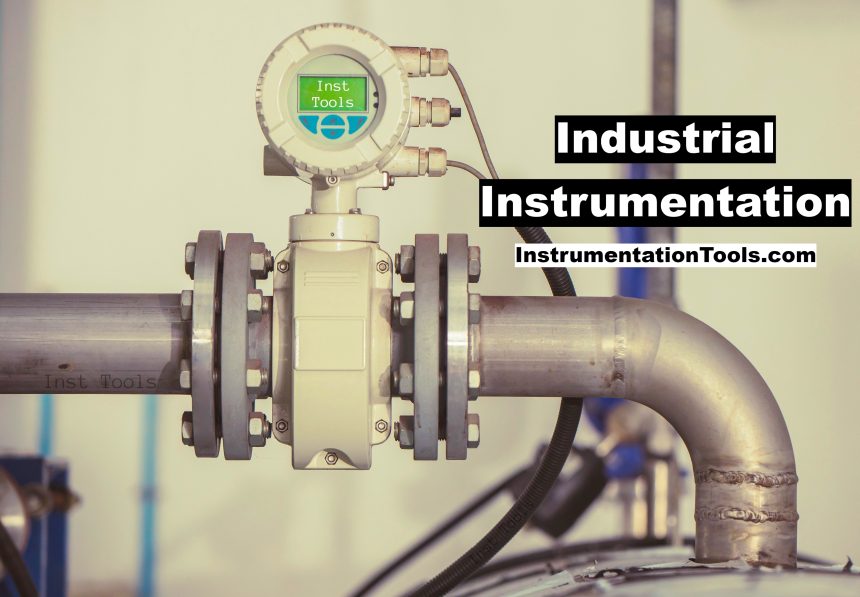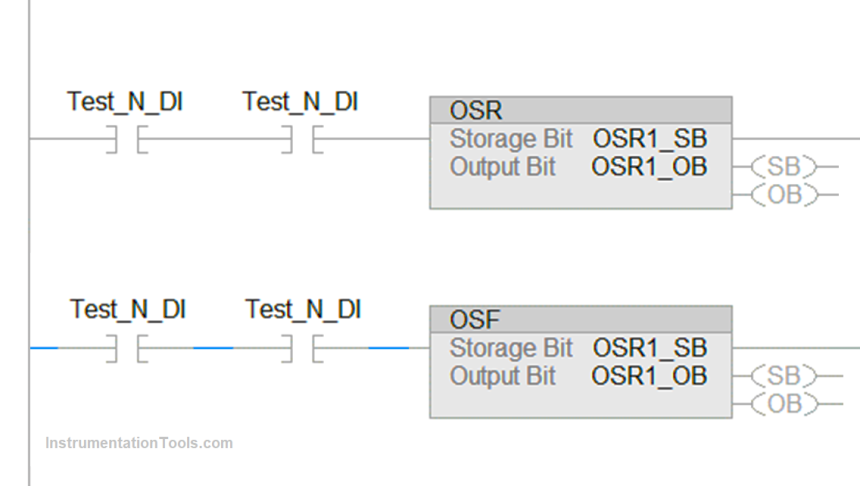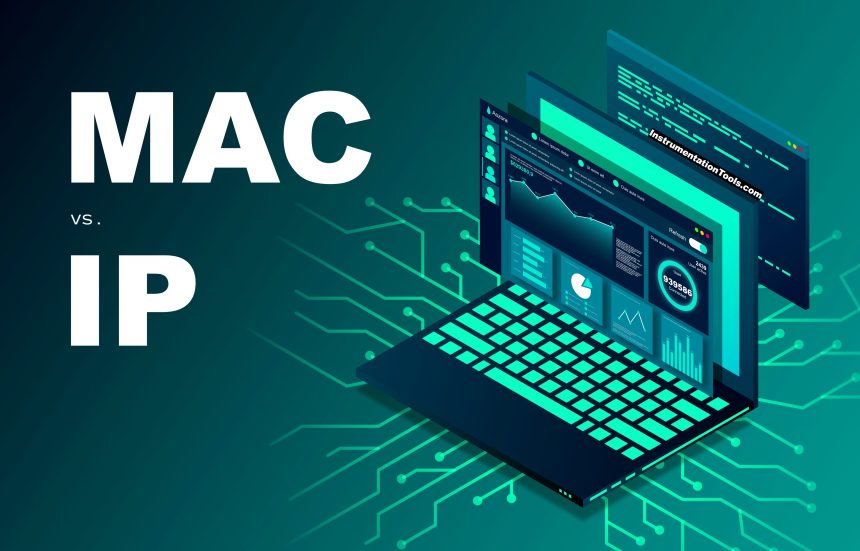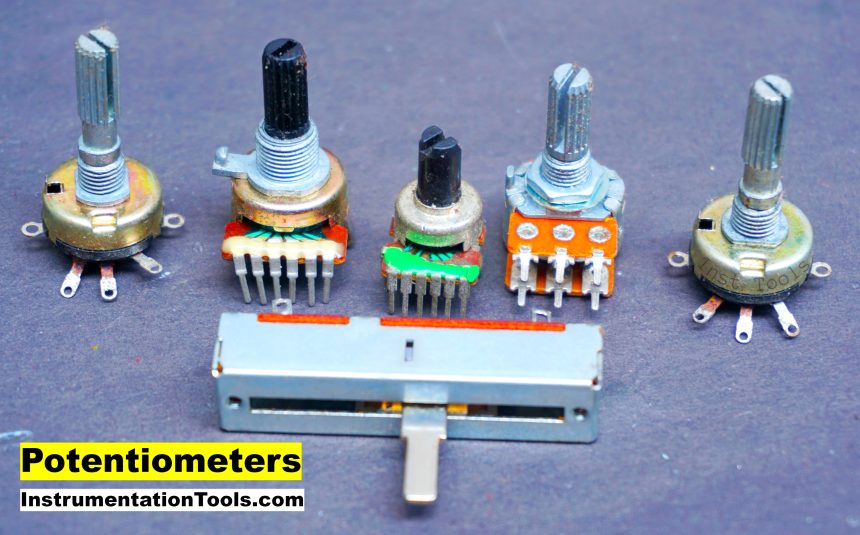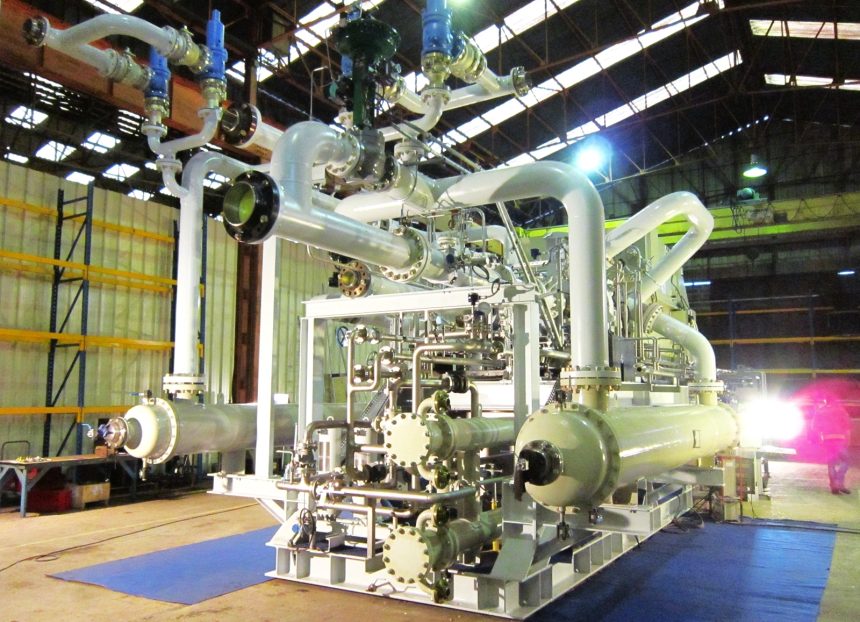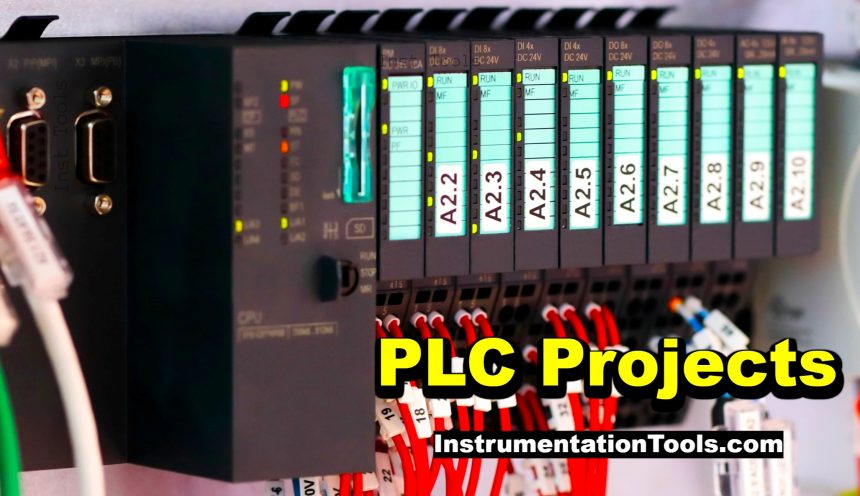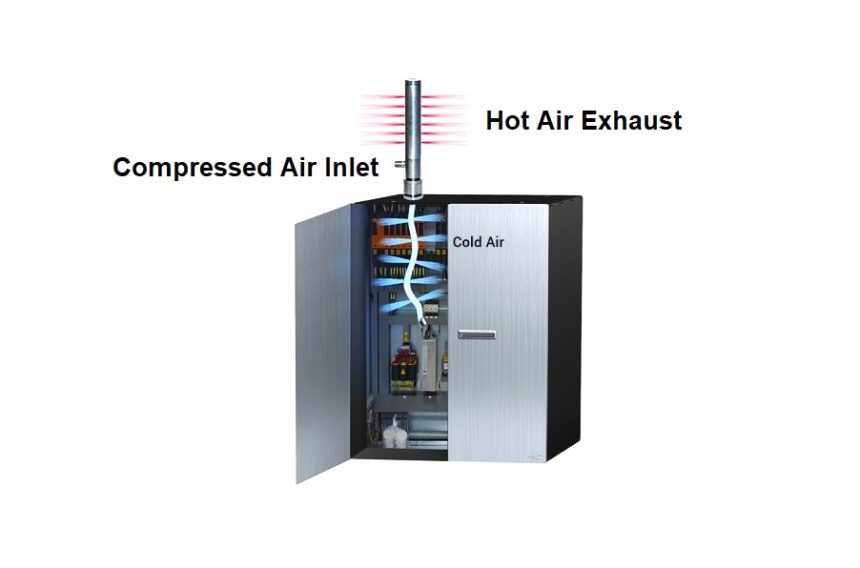List of 300 Industrial Instrumentation Questions
The list of 100 industrial instrumentation questions cover various technical aspects from sensors and transmitters to control systems.
One-Shot Rising and Falling Edge Instructions in Rockwell PLC
Learn the functions and working principle of one-shot rising edge and one-shot falling edge instructions in Rockwell PLC.
Understanding Emergency Shutdown Button Installation (ESD)
The installation of an Emergency Shutdown button (ESD) is vital to quickly isolate the plant from the source of the gas.
What is an Electrical Conduit? – Types – How to Choose?
Electrical conduit systems are used generally in many applications for covering the cables inside them from external exposure and damage.
Difference between IP Address and MAC Address
IP is Internet Protocol and MAC is the Media Access Control. Learn the difference between IP Address and MAC Address.
Types of Potentiometers – What is a Potentiometer? – Applications
One of the most used device in electrical circuits for varying resistance is a potentiometer. Learn the types of potentiometers and applications.
What is an Instrument Skid? – Example of Metering Skid
In instrumentation engineering, the instrument skid is referred to as a metering skid and it consists of many instruments and valves.
Gas and Liquid Measurement: Processes and Solutions for the Industrial Sector
This blog post discusses the gas and liquid measurement processes and solutions in the industrial sector.
PLC Programming Projects for Beginners
Programmable Logic Controllers are a cornerstone of modern industrial automation. Get the PLC programming projects for beginners.
Junction Box Internal Corrosion Problems and Solutions
We will discuss one incident in which the cables inside a junction box were found damaged. Learn the problems and solutions.
